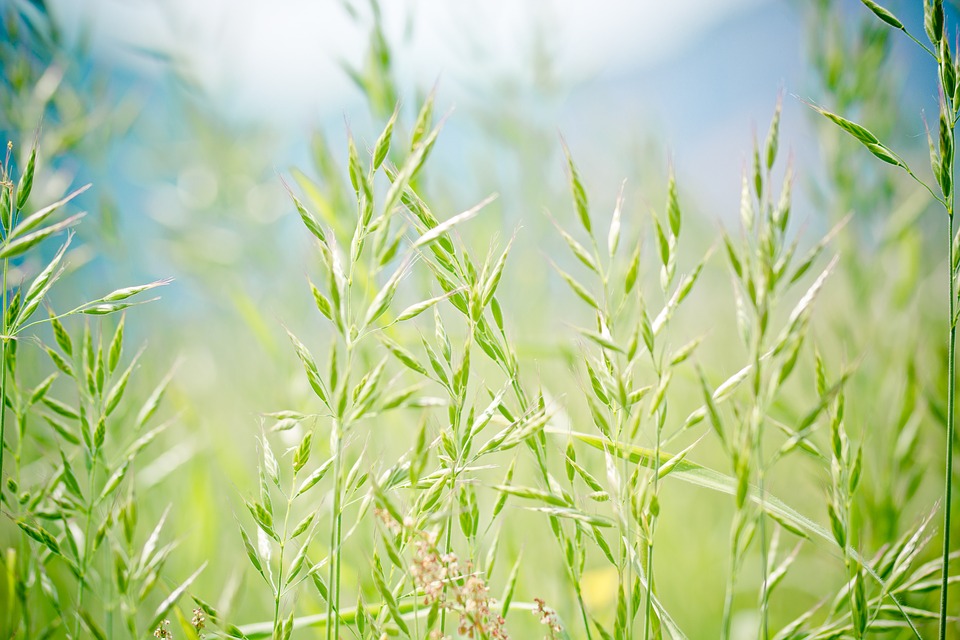Licorice, also called Glycyrrhiza glabra, is a well-known plant, especially for its use in the manufacture of licorice candies, which are very popular in the sweet food markets. Licorice belongs to the Fabaceae family. It is native to Mediterranean Europe and Asia Minor, and this type of plant usually grows in humid places.
Its gastronomic uses due to its sweet and sour taste have many properties that make licorice an excellent plant for health.
Benefits of Licorice
Licorice main component, Glycyrrhine, a saponin used as an emulsifier and gel-forming agent in cosmetics and the food industry. Glycyrrhine is important because it is a natural sweetener, and it also acts as a stabilizer on the body, so it does not make you fat or add sugars to your body.
Saponins also have anti-flu, expectorant, adaptogenic, anti-inflammatory, hepatoprotective, diuretic, antioxidant, antispasmodic, hormonal level optimizing, cardioprotective and aphrodisiac properties.
Besides saponins, licorice also contains tannins with anti-inflammatory and astringent properties, making them excellent for treating diarrhea and gastroenteritis. Licorice is therefore ideal for the digestive system, as it is an antispasmodic and antacid plant. It helps you avoid bloating, flatulence, indigestion, colitis, or Crohn’sdisease.
It also improves heartburn, reduces acid secretions, increases stomach mucus, and relieves constipation. Licorice has been effective in protecting the liver, since it frees it of toxic substances. It also prevents and improves cirrhosis and hepatitis B. It also helps in liver decongestion.
Licorice contains flavonoids such as beta-carotenes, glabrone, glabrol, isoliquiritigenin, formononetin, glyzarin, glycirol, liquoricone, and licoflavonol. Flavonoids are secondary metabolites found in fruits and vegetables. These possess anti-inflammatory and antibacterial properties in the body; they have antioxidants that protect the body from free radicals, improve allergies, circulation, improve heart health, protect the stomach, improve the liver and lower cholesterol, and also lower cholesterol. Flavonoids also alleviate the symptoms of arthritis and also enhance the function of vitamin C.

Besides, it is useful for the respiratory system, as it treats a heavy chest, cough, sore throat, and asthma. It is also useful for treating depression, chronic fatigue syndrome, menopause, heatstroke, works as a stimulant, and helps quit smoking. Licorice helps with hair loss, oily hair, and dandruff.
A Summary of Licorice Uses
- To treat the digestive system and combat problems such as heaviness, flatulence, and indigestion.
- To reduce stomach acids, such as heartburn, ulcers, esophageal, stomach pain or sores in the mouth.
- To improve asthma, cough, flu and other respiratory problems.
- To combat heat stroke.
Licorice and Fennel Seeds Infusion Recipe
The characteristic flavor of licorice – sweet and aniseed – is enhanced with fennel seeds, making it a marvelous blend for a delicious infusion. The licorice is the root of a plant, and you can get it chopped at herbalists and health food stores.
In the preparation of a Licorice Infusion for 2 people, you need:
• 400 ml of water (preferably mineral)
• 1 tablespoon of licorice
• 1 teaspoon fennel
• 1 tablespoon of white sugar
To start preparing your infusion, put the water on the fire; when it starts to boil add the chopped of grated licorice, and the lightly crushed fennel seeds. Cover the saucepan and let it rest for 5 to 10 minutes on the fire. After that, strain your infusion. Serve it in two glasses and sweeten with white sugar to appreciate all the aniseed flavor of the licorice and fennel.
Did you ever try licorice before? If you haven’t yet, you now know all the benefits of drinking it. Give it a try, and remember to leave a comment in the section below to let us know how you found it.







